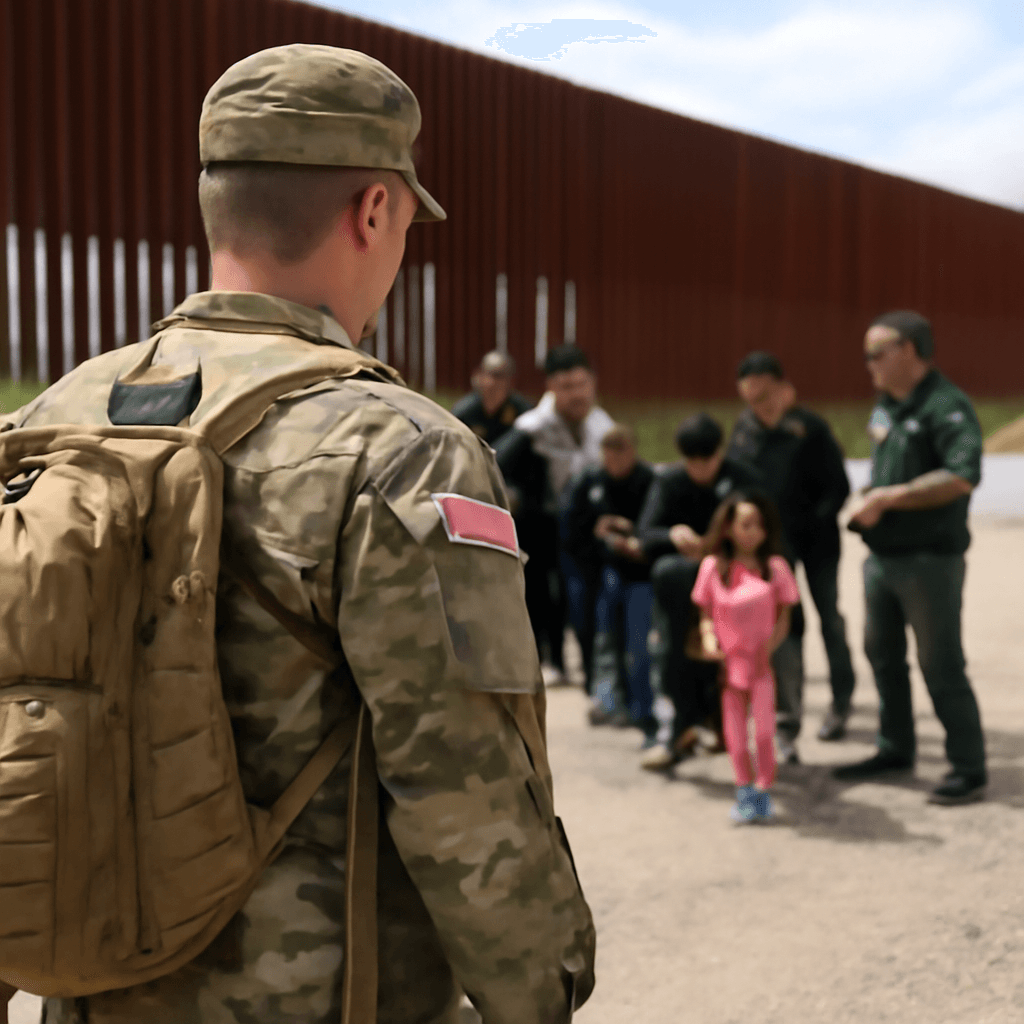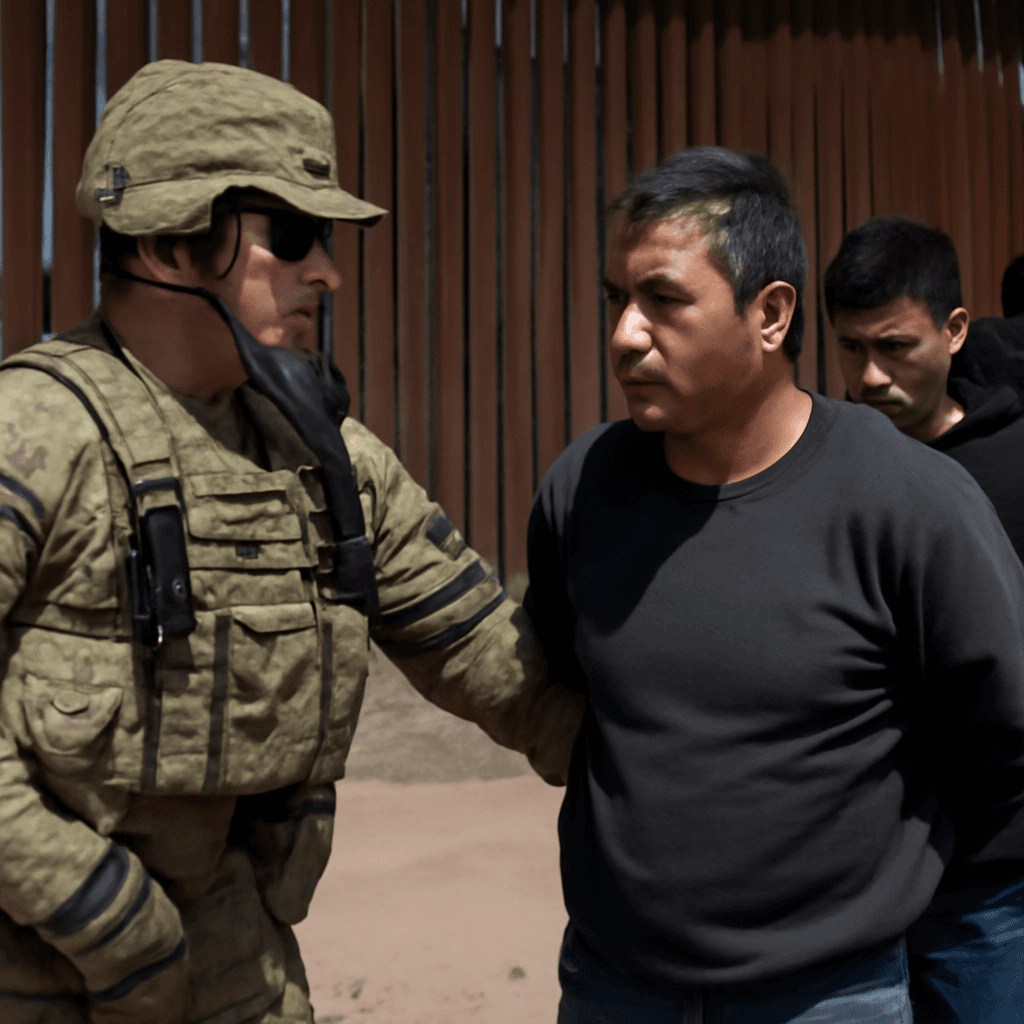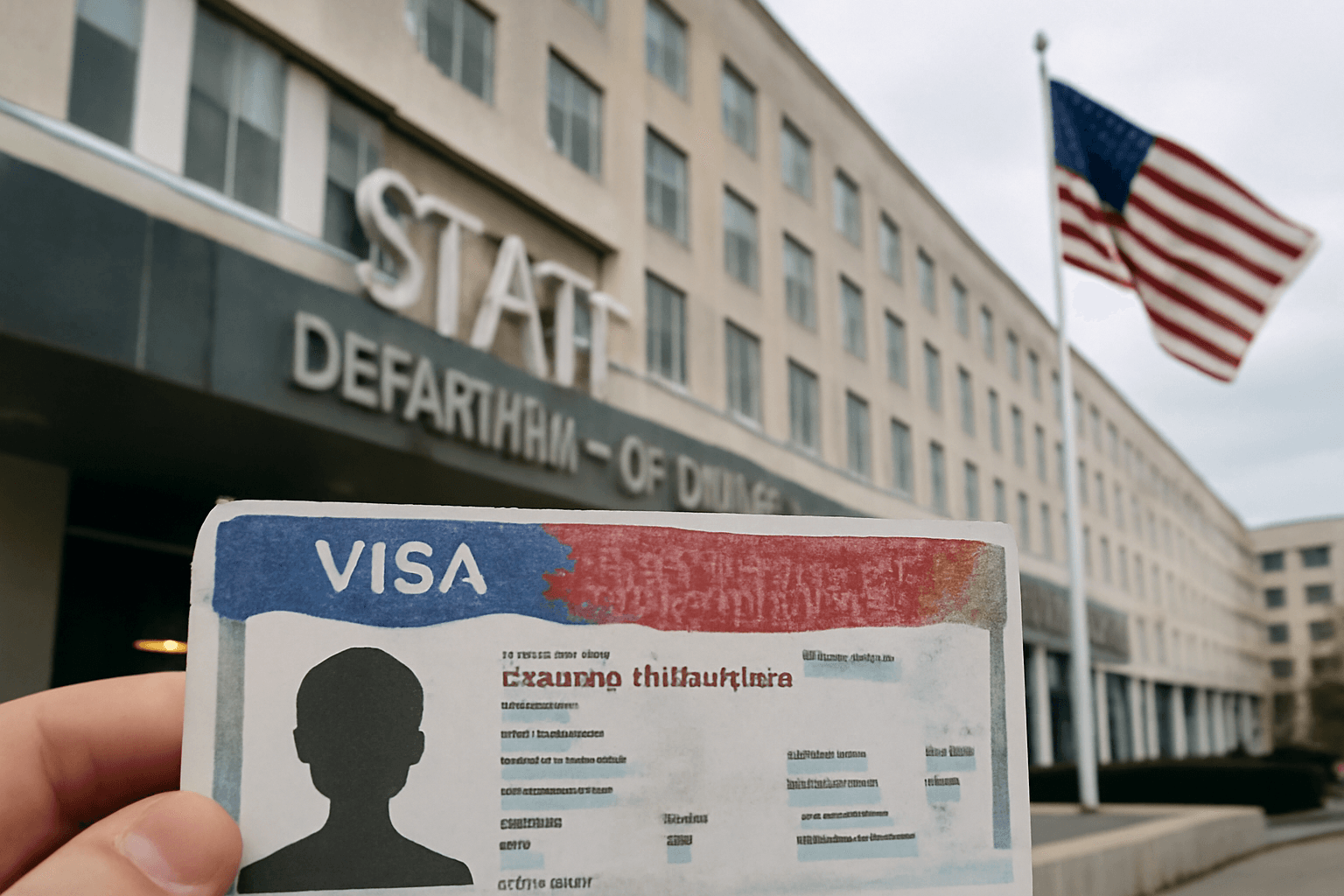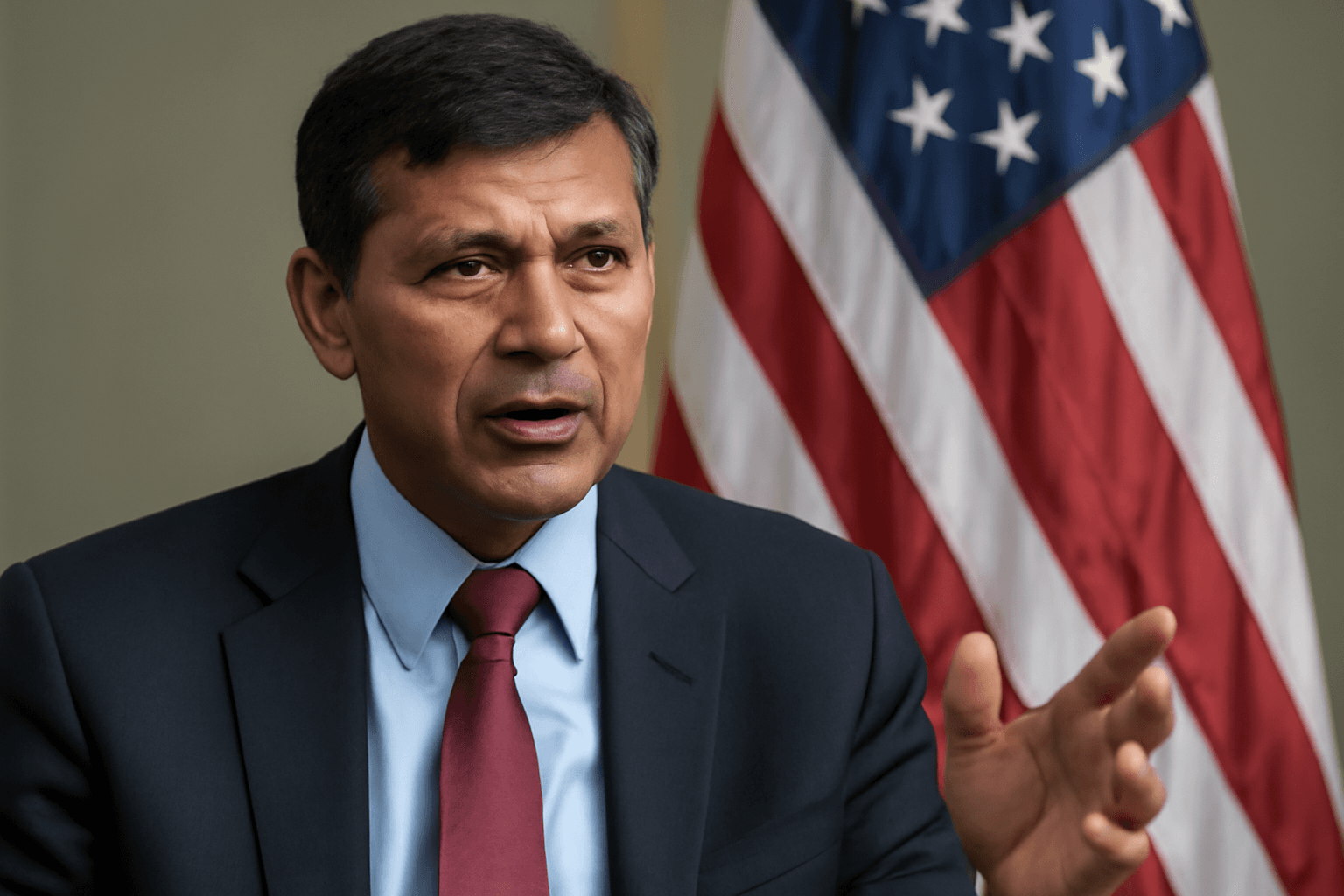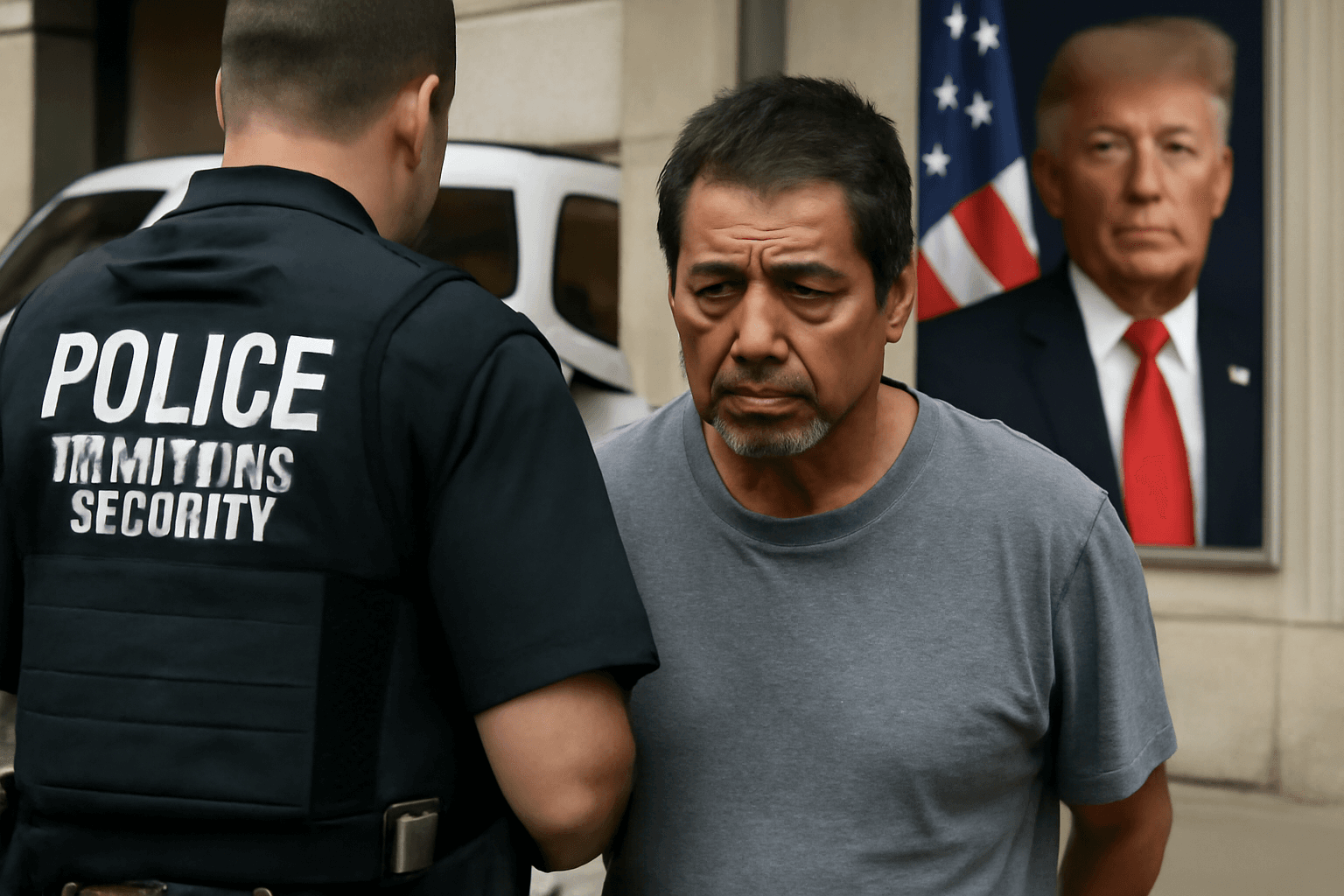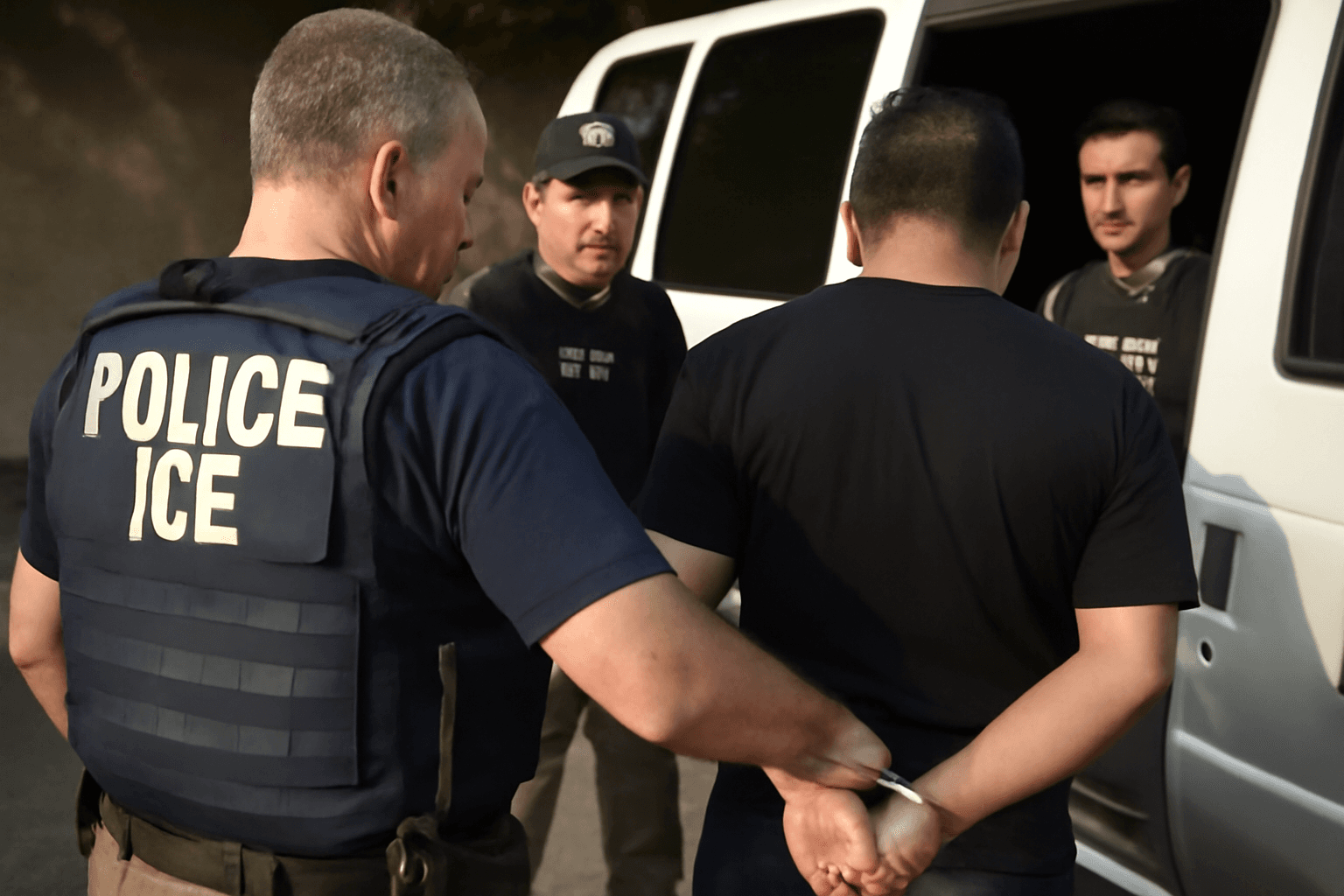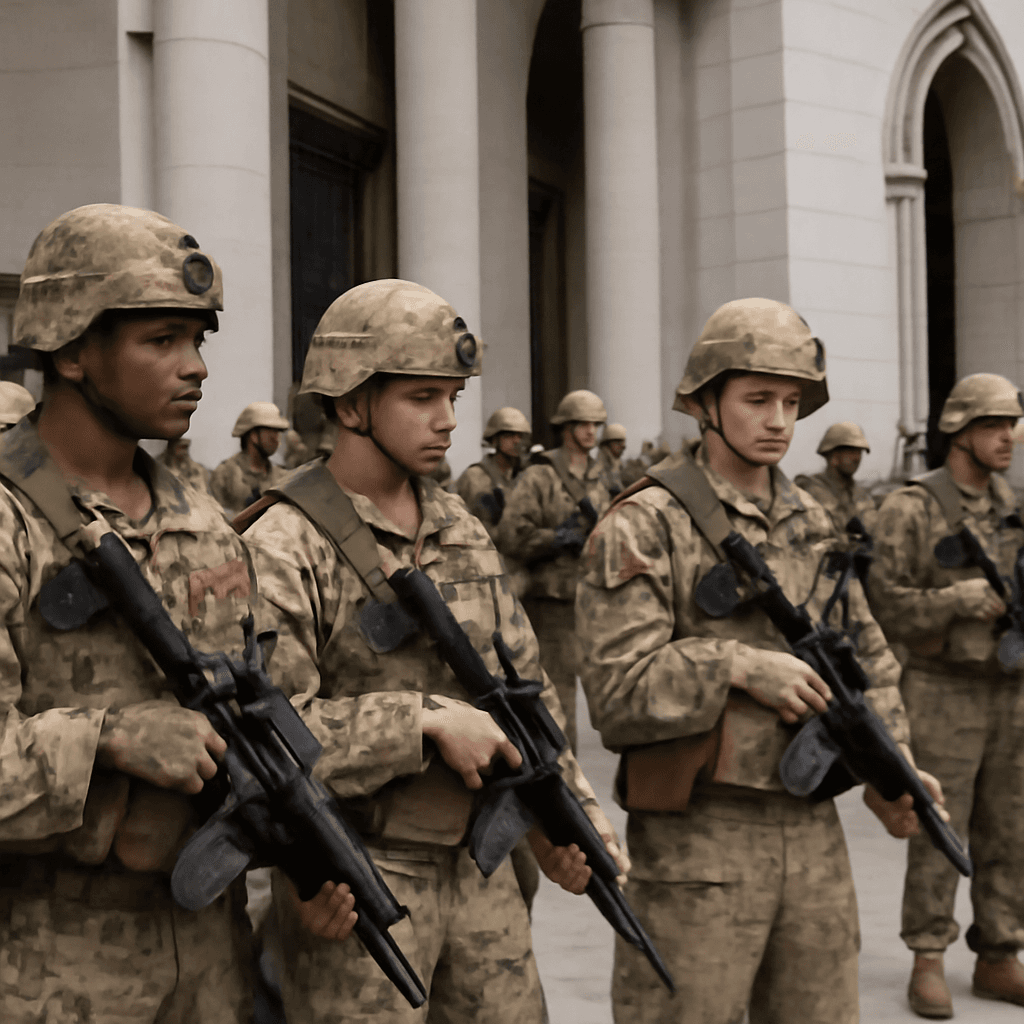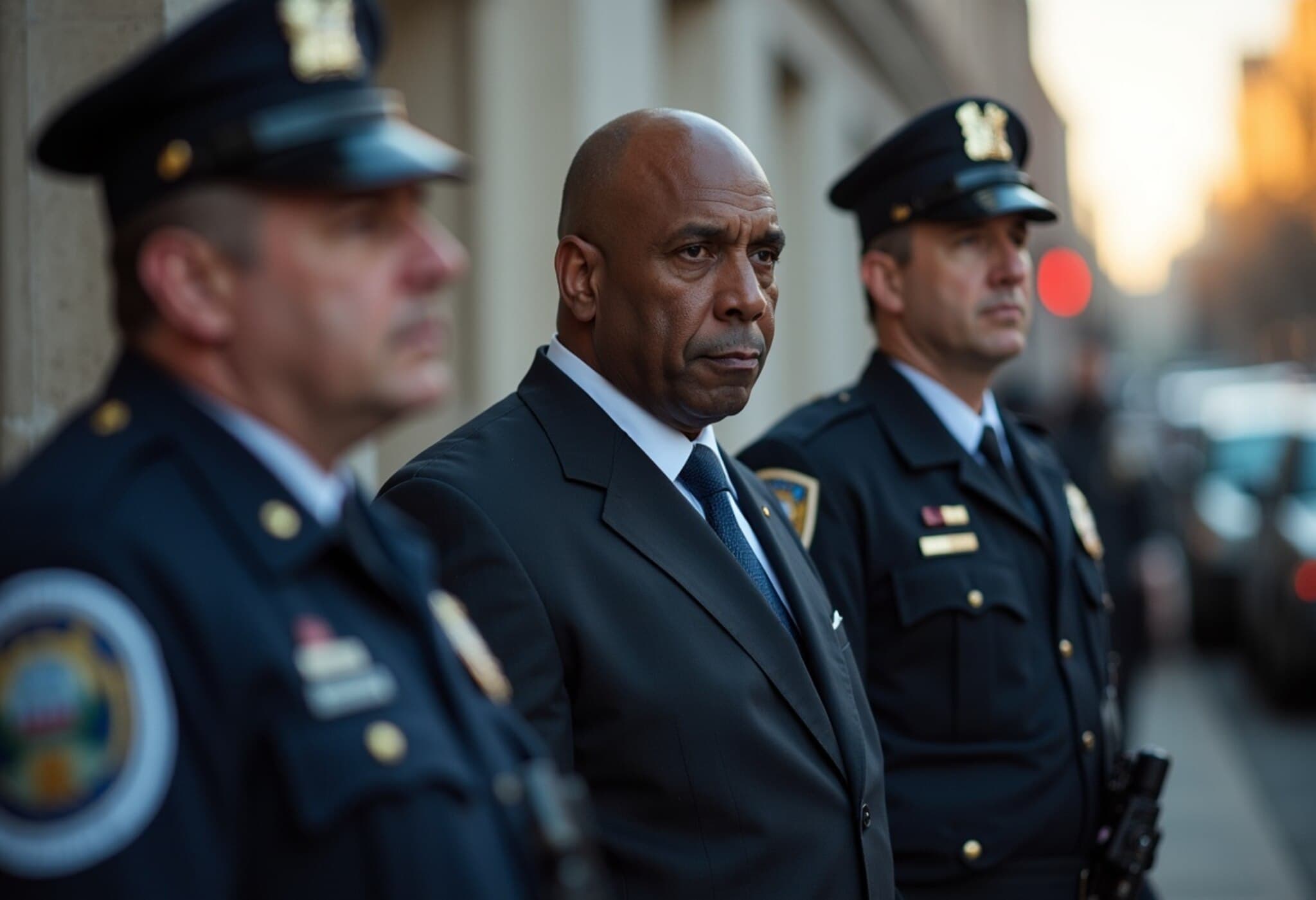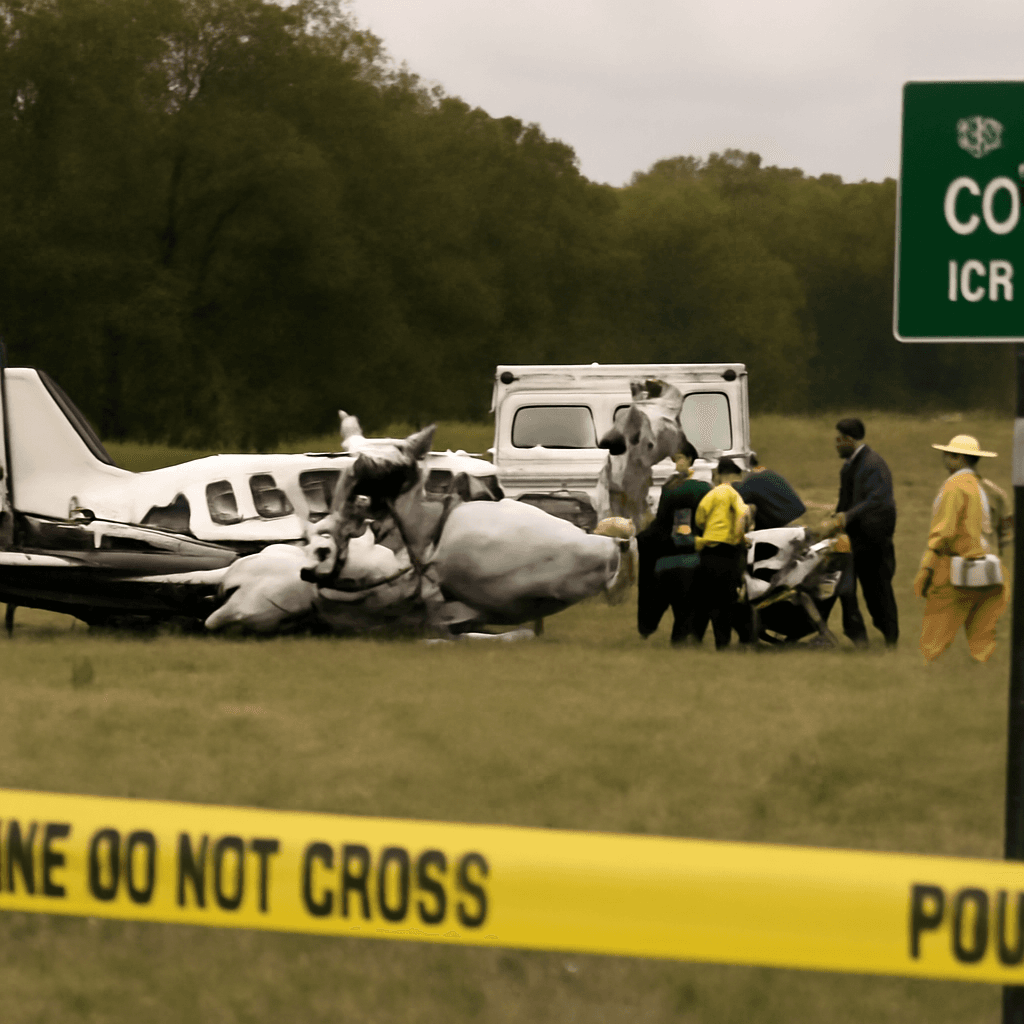DHS Requests National Guard Support for Migrant Child Operations
The Department of Homeland Security (DHS) has formally asked for assistance from 21,000 National Guard troops to back expansive interior immigration enforcement activities, including the search for and transportation of unaccompanied migrant children (UACs). This unprecedented request outlines roles such as locating children in remote areas and moving them between states, raising eyebrows among lawmakers and officials.
Details of the National Guard Deployment Plan
According to the DHS’s May 9 request to the Pentagon, this marks the first instance where Immigration and Customs Enforcement (ICE) has sought National Guard involvement in interior immigration enforcement. The outlined duties include:
- Search and rescue operations for unaccompanied alien children in difficult or isolated terrain.
- Intra- and interstate transportation of detainees and unaccompanied children.
- Surveillance, canvassing, and rural interdictions, including night operations.
- Locating fugitives and supporting joint task force efforts on absconder tracking.
Most of the forces, about 10,000 troops, are earmarked for transportation duties, while roughly 2,500 would assist with detention support, and 1,000 would be handling administrative processing tasks.
Rising Concerns Over Military Role in Civilian Enforcement
Concerns have grown among Democrats and some military and law enforcement representatives over military personnel undertaking civilian policing tasks. Critics warn this move blurs the line between military and law enforcement roles, stirring fears of a policing approach resembling a "police state."
One source indicated it reflects a broader push to utilize the National Guard in law enforcement, a notion previously downplayed by Pentagon officials. Yet, this request signals a shift with potentially far-reaching consequences.
So far, the Pentagon has neither approved nor rejected the request outright. Officials report the proposal is undergoing review at high levels, balancing legal and policy considerations. Defense Secretary Pete Hegseth is reportedly nearing a decision on parts of the plan, including discussions with governors about deploying their National Guard units under Title 32 status, which keeps the troops under state command but federally funded.
A National Guard member opposed to this role candidly expressed plans to exit the service due to the controversial use of troops in immigration enforcement.
Financial Strains and Interagency Tensions
The request places further financial pressure on the Pentagon, which is already absorbing substantial costs related to immigration detention. Currently, the Defense Department spends about $23 million monthly operating a facility in Texas housing up to 2,500 undocumented migrants. However, actual occupancy has markedly fallen to an average of around 150 detainees per day, leading officials to seek reductions in bed capacity to save millions monthly.
This move comes amid mounting frustration within the military regarding diverted funds. Essential projects, such as upgrading barracks and improving infrastructure for service members, are being postponed to cover border-related expenses. Congressional aides acknowledge growing discontent with the Pentagon redirecting millions from critical military construction toward DHS operations.
Advocacy groups for service members have voiced concerns over degrading living conditions, highlighting issues like mold and faulty HVAC systems in barracks. They argue that such financial trade-offs compromise troops’ welfare.
Looking Ahead
The DHS request, still under Pentagon review, signals a significant escalation in involving the National Guard in immigration enforcement, especially around vulnerable populations like unaccompanied children. As debates continue, the balance between supporting border security and preserving civil-military boundaries remains at the forefront of the discussion.

